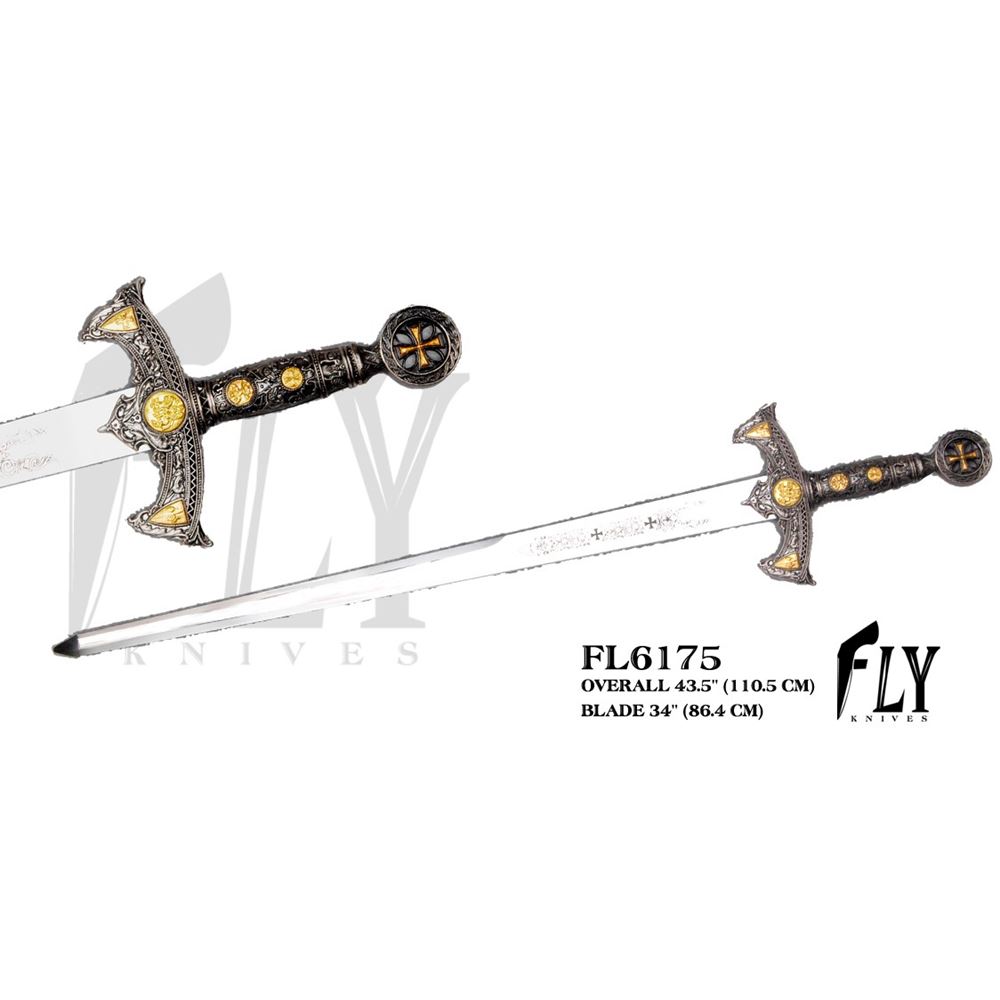The most effective Medieval Swords for Sale: Any Buyer’s Guide.

Medieval swords have captivated collectors, reenactors, and history enthusiasts for centuries. These weapons represent a period of chivalry, battles, and craftsmanship spade antiche. Choosing the very best medieval sword requires an knowledge of various sorts, materials, and intended use. Whether for display, historical accuracy, or practical combat, discovering the right sword is essential.
Understanding Medieval Sword Types
Medieval swords can be found in various forms, each serving an original purpose. The arming sword, commonly associated with knights, is a one-handed weapon with a straight, double-edged blade. The longsword, utilized in the late medieval period, features a longer grip for two-handed use, making it a versatile option in combat. The broadsword, noted for its wide blade, was often employed by heavily armored soldiers. The falchion, using its curved blade, is distinct because of its slashing power and was favored in battle because of its efficiency.
Materials and Craftsmanship
The caliber of a medieval sword depends largely on the materials used. High-carbon steel blades offer excellent durability and sharpness, making them well suited for functional use. Stainless, while resistant to rust, is way better fitted to decorative swords because of its brittleness in combat situations. The hilt, consisting of the grip, guard, and pommel, should really be crafted from strong materials such as wood wrapped in leather or metal to make sure a company hold and balance.
Choosing the Right Sword
When buying a medieval sword, the intended purpose should be considered a key consideration. For collectors, historical accuracy and aesthetic appeal matter most. A well-crafted replica with intricate engravings and period-accurate designs could be a prized possession. For reenactors and stage performers, a blunt-edged sword with a tough blade may be the safest option. Those enthusiastic about cutting practice or HEMA (Historical European Martial Arts) should choose a sharpened, battle-ready sword with proper weight distribution.
Maintaining a Medieval Sword
Proper maintenance is important to preserving the longevity of a medieval sword. Regular cleaning with a soft cloth and oil prevents rust and corrosion, especially for high-carbon steel blades. Storing the sword in a dry environment with a defensive sheath helps avoid moisture damage. Checking the hilt and grip periodically ensures the sword remains intact and safe for use.
Where to Buy Authentic Medieval Swords
Finding a reliable seller is crucial when buying a medieval sword. Reputable internet vendors devoted to historical weapons provide an extensive collection of authentic and high-quality pieces. A reliable retailer should offer detailed descriptions, including blade material, length, and weight, ensuring buyers make informed decisions. Customer reviews and expert recommendations also help verify the authenticity and quality of a sword.
Conclusion
Medieval swords tend to be more than simply weapons; they are bits of history that connect enthusiasts to the past. Selecting the proper sword requires understanding of various sorts, materials, and purposes. With care and maintenance, these swords can be treasured items for generations. Whether for display, reenactment, or practical use, buying a well-crafted medieval sword ensures authenticity and satisfaction.